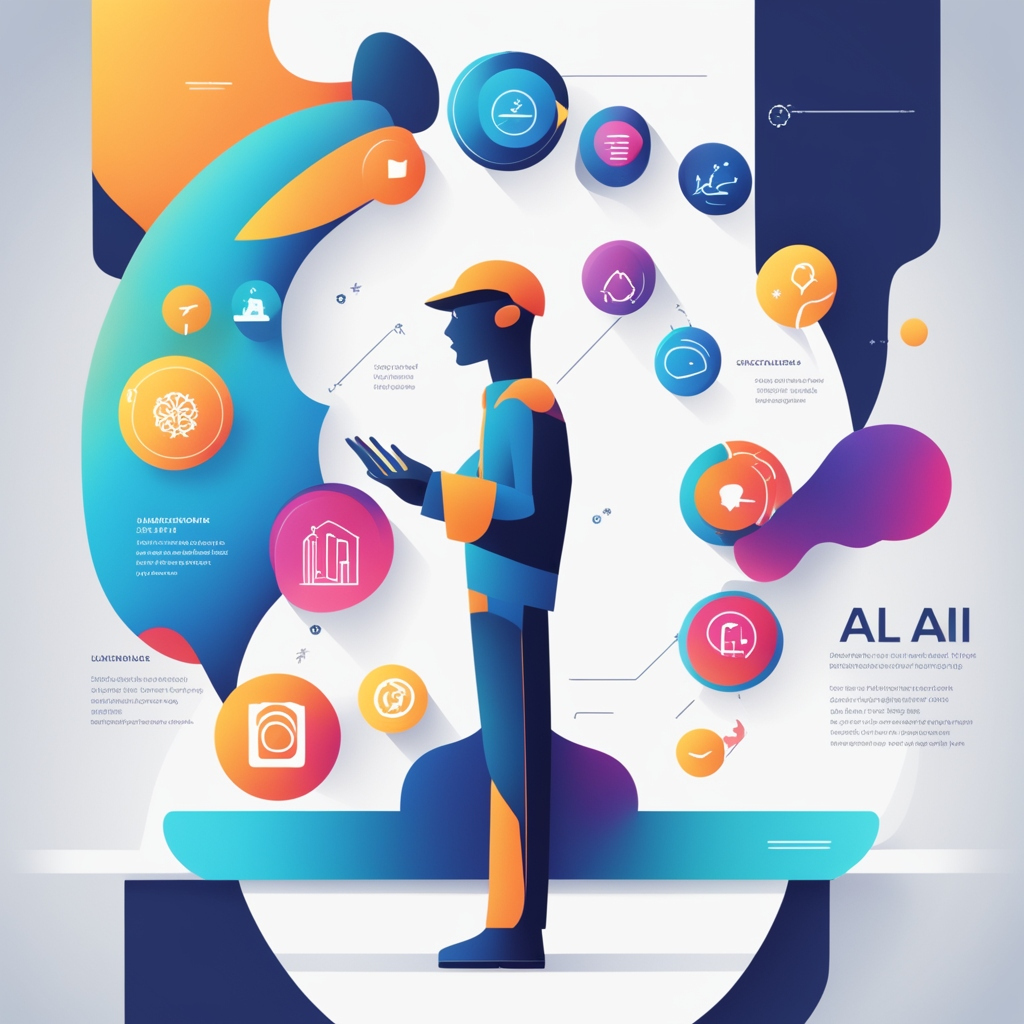.In today’s highly competitive business landscape, providing personalized experiences to customers has become imperative for companies aiming to stand out and foster customer loyalty. With advancements in Artificial Intelligence (AI) and Machine Learning (ML), businesses now have powerful tools at their disposal to tailor their offerings to individual preferences and behaviors. In this blog post, we’ll explore the importance of implementing AI-driven personalization strategies to enhance the customer experience across various touchpoints.
Understanding AI-driven Personalization
AI-driven personalization involves leveraging data analytics and machine learning algorithms to analyze customer behavior, preferences, and past interactions. By harnessing these insights, businesses can deliver relevant and timely content, products, and services to each customer, thereby increasing engagement, satisfaction, and ultimately, conversions.
Benefits of AI-driven Personalization
- Enhanced Customer Engagement: Personalized experiences resonate with customers on a deeper level, leading to increased engagement and interaction with your brand.
- Improved Customer Satisfaction: By anticipating and fulfilling individual needs and preferences, AI-driven personalization ensures a seamless and satisfying customer journey.
- Increased Conversions and Sales: Personalized recommendations and offers drive higher conversion rates as they are more aligned with customers’ interests and purchase intent.
- Better Customer Retention: Tailored experiences foster stronger connections between customers and brands, resulting in increased loyalty and retention.
Key Components of AI-driven Personalization
- Data Collection and Analysis: Gather data from various sources such as website interactions, purchase history, social media activity, and demographic information. Analyze this data to gain insights into customer preferences, behavior patterns, and trends.
- Segmentation: Divide your customer base into distinct segments based on demographics, behavior, or preferences. This segmentation allows for more targeted personalization efforts.
- Predictive Analytics: Use predictive models to anticipate future behavior and preferences. By analyzing historical data, AI algorithms can predict what products or content a customer is likely to be interested in next.
- Recommendation Engines: Implement recommendation engines that suggest relevant products, content, or services to individual customers based on their past behavior and preferences. These recommendations can be displayed on your website, in emails, or through personalized notifications.
- Dynamic Content Generation: Customize website content, emails, and marketing messages in real-time based on user interactions and preferences. Dynamic content ensures that each customer receives a personalized experience tailored to their needs and interests.
- Omni-channel Personalization: Ensure consistency across all customer touchpoints, including websites, mobile apps, social media, email, and in-store interactions. By delivering a cohesive personalized experience across channels, you can maximize engagement and conversion opportunities.
Best Practices for Implementing AI-driven Personalization
- Respect Customer Privacy: Be transparent about the data you collect and how it will be used. Obtain explicit consent from customers before collecting and utilizing their personal information for personalization purposes.
- Start Small and Iterate: Begin with simple personalization initiatives and gradually expand as you gather more data and insights. Continuously monitor and analyze the performance of your personalization efforts, and iterate based on feedback and results.
- Focus on Relevance: Ensure that your personalized recommendations and content are genuinely relevant and valuable to customers. Avoid over-personalization or intrusive tactics that may alienate or annoy your audience.
- Monitor and Measure Impact: Establish key performance indicators (KPIs) to track the effectiveness of your personalization efforts. such as conversion rates, engagement metrics, and customer satisfaction scores. Use A/B testing and analytics tools to measure the impact of different personalization strategies and iterate based on results.
Case Studies: Real-world Examples of AI-driven Personalization
- Amazon: Amazon utilizes AI-powered recommendation engines to suggest products to customers. Based on their browsing and purchase history, as well as similar customers’ preferences. This personalization strategy has significantly contributed to Amazon’s success and customer loyalty.
- Netflix: Netflix leverages machine learning algorithms to personalize movie and TV show recommendations for each user. By analyzing viewing history, ratings, and user behavior, Netflix delivers highly relevant content recommendations. Leading to increased user engagement and retention.
- Spotify: Spotify uses AI to curate personalized playlists for each user based on their music preferences, listening habits, and mood. This personalized music discovery experience enhances user satisfaction and encourages continued usage of the platform. AI-driven personalization strategies
Conclusion
In today’s digital age, delivering personalized experiences has become a competitive differentiator for businesses across industries. By implementing AI-driven personalization strategies, companies can create meaningful connections with customers. Drive engagement and loyalty, and ultimately, achieve business success. By understanding the key components, best practices, and real-world examples of AI-driven personalization, businesses can embark on a journey towards elevating the customer experience and staying ahead in a rapidly evolving market landscape.
Remember, the key to successful personalization lies in leveraging data responsibly, respecting customer privacy, and continually refining and optimizing your personalization efforts to meet evolving customer needs and preferences. With AI as your ally, you have the power to transform customer experiences and drive sustainable growth for your business.
Are you ready to unlock the potential of AI-driven personalization? Let’s embark on this journey together and create personalized experiences that delight and inspire your customers at every touchpoint.




